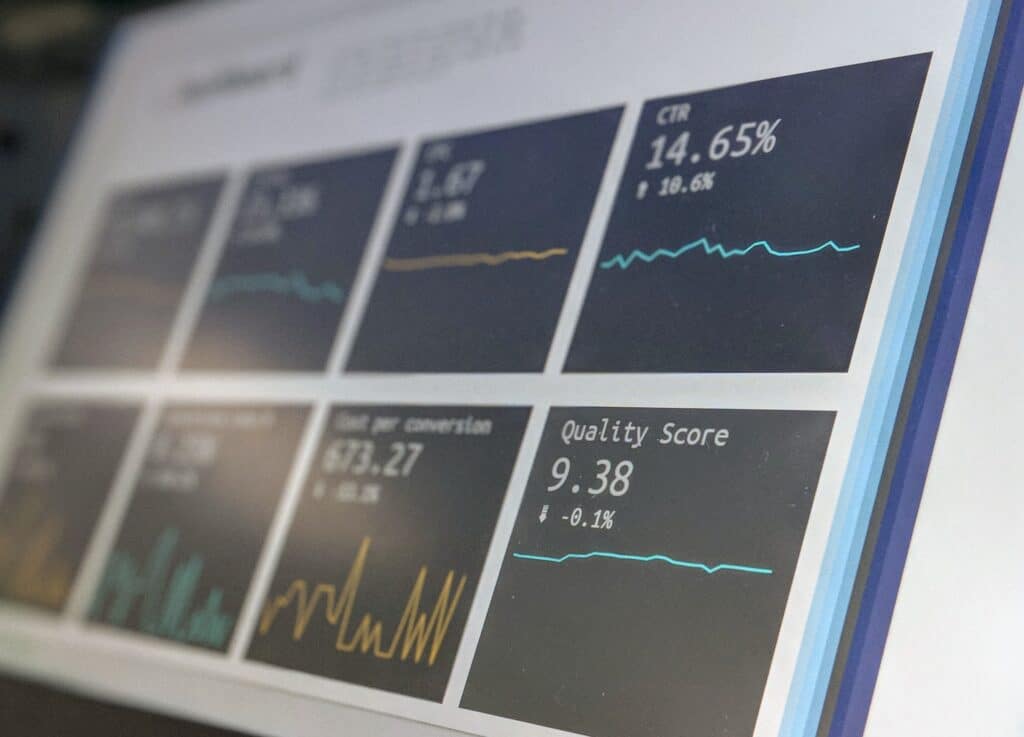Investing in the financial markets requires careful analysis of stocks and securities in order to make informed decisions that will yield profitable results and the two main analysis methods used by investors are fundamental and technical analysis. Fundamental analysis focuses on a company’s intrinsic value, financial and growth outlook, on the other hand, technical analysis focuses on past market data, price patterns and trading volumes to predict future price movements. In this article, we will delve into essential analysis’ concepts, key metrics, and effective strategies to guide investors on their path to successful investing.

Importance and Objectives of Analysis in Investing
In the realm of investing, analysis is the compass guiding decision-making and strategy formulation. Understanding the importance and objectives of analysis is fundamental to successful investment endeavors. It’s about evaluating the true value of an asset and identifying undervalued opportunities. Fundamental and technical analyzes are critical: where one’s analysis helps in long-term investment decisions, the other helps in timing those decisions. Together, they equip investors with the insights needed to navigate the intricate world of finance and make informed choices that align with their investment goals.
Fundamental Analysis
Fundamental analysis involves evaluating a company’s fundamental factors, including its financial statements, quality of management, industry position and economic factors and the strategy will depend on the trading platform you use as it is a complex art that helps you understand those factors and how they work together.
When performing fundamental analysis, it is important to have information about the work of stock exchanges and large market-making companies, central banks’ interest rates, governments’ economic policies, possible changes in the country’s political life, as well as about various possible rumors and expectations.
Performing fundamental analysis is much more complicated than other types of analysis, since the same factors affect the market differently in different situations. When performing fundamental analysis, it is necessary to understand the interrelationship between two different currencies, which is defined through the maintenance of mutual relations between two governments, the historical development of currencies, to determine the generalized result of certain economic actions and to connect seemingly unrelated economic subjects.
Technical Analysis
For evaluating securities and predicting their future price movements by analyzing historical market data, such as price patterns and other market-related statistics, a technical analysis method is used. It primarily focuses on the assumption that past price and volume trends can provide insights into the future direction of an asset’s price. Technical analysts use various tools and techniques, including chart patterns, indicators and oscillators, to make informed decisions about buying or selling financial instruments. The goal is to identify patterns and trends to anticipate potential price movements and optimize trading strategies.
The Main Metrics of Fundamental and Technical Analysis
Key indicators of fundamental and technical analysis help investors assess the potential of securities and make informed decisions. Fundamental analysis includes indicators related to a company’s financial health and performance. These include metrics such as profit margin, price-to-earnings ratio (P/E) and debt-to-equity ratio that allow to evaluate the company’s efficiency, financial structure and profitability. Whereas, technical analysis deals with the analysis of price movements and trading volumes, often using historical data. Key technical analysis indicators include chart patterns such as head and shoulders and technical indicators such as moving average lines and the Relative Strength Index (RSI). These indicators help identify market trends and potential opportunities for price movements. Collectively, these indicators are essential tools that help investors shape and optimize their investment strategies.
Practical Tips and Best Practices for Successful Analysis
Firstly, maintain a disciplined approach by setting clear goals, defining risk tolerance and adhering to a well-thought-out investment strategy. Continuously educate yourself and stay updated on market trends, economic indicators, and advancements in both fundamental and technical analysis. Moreover, in order to spread risk and optimize returns, think about diversifying your portfolio. Lastly, exercise patience and avoid impulsive decisions, allowing time for your analysis to bear fruit and contribute to long-term investment growth.